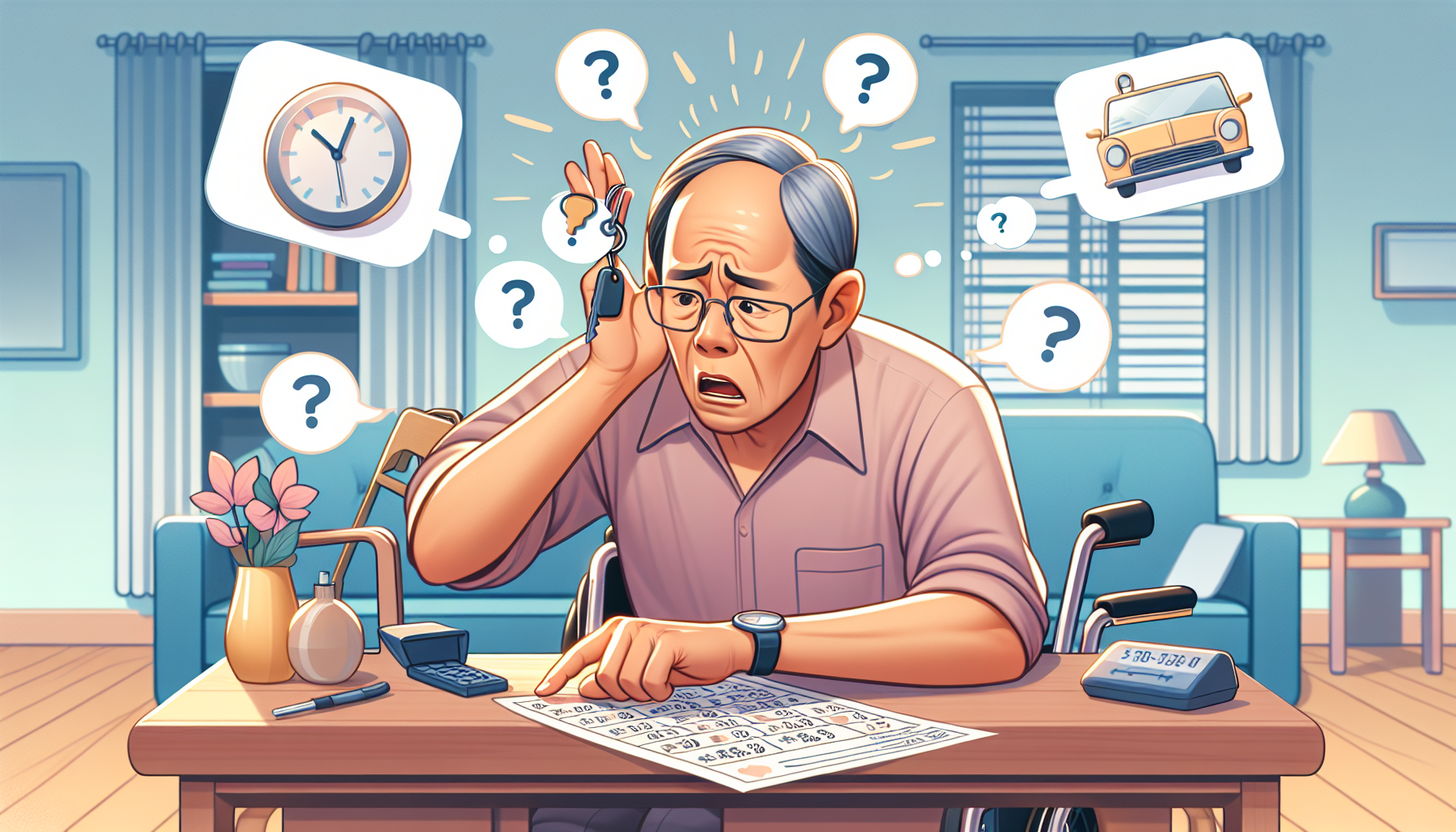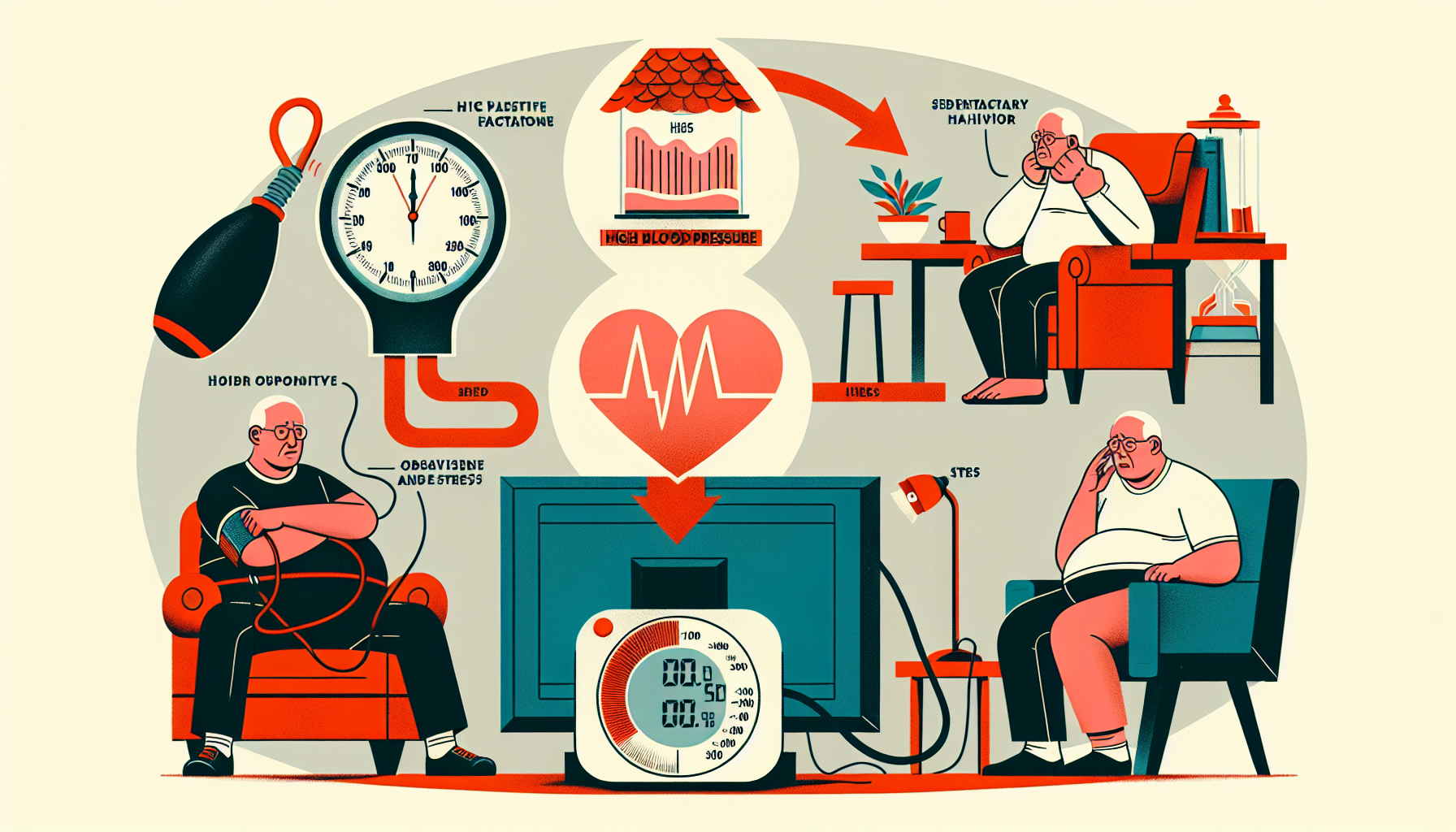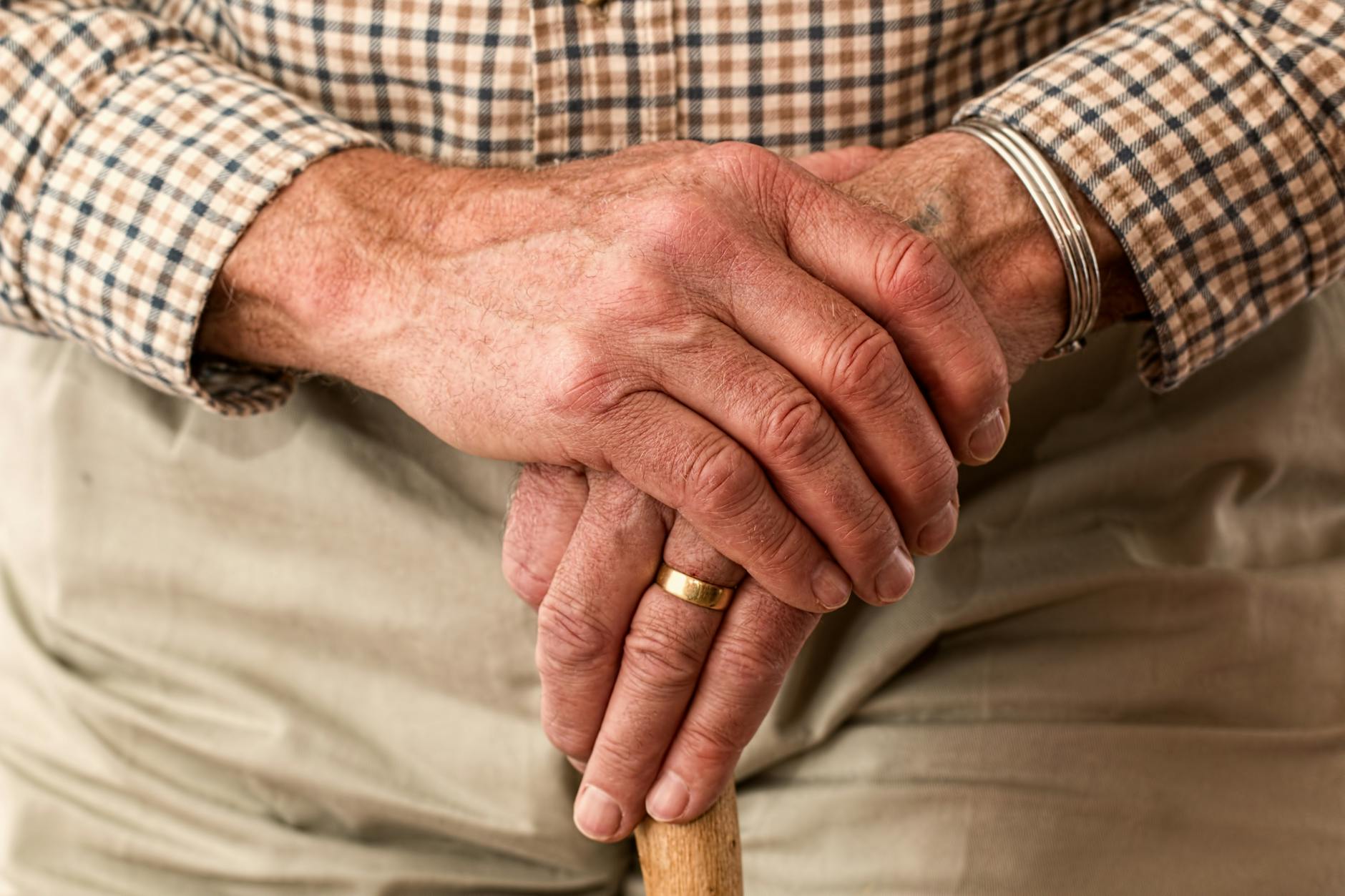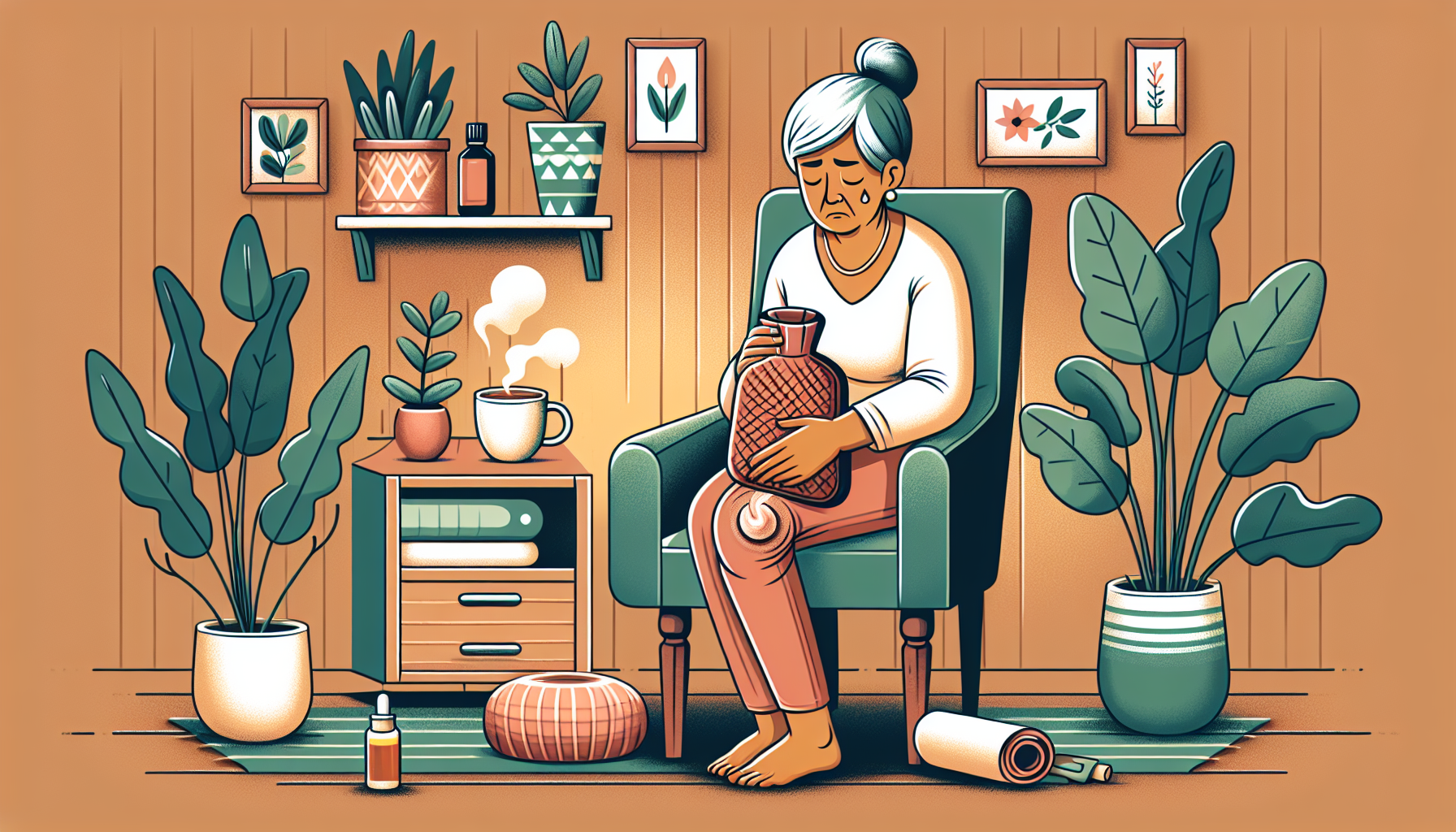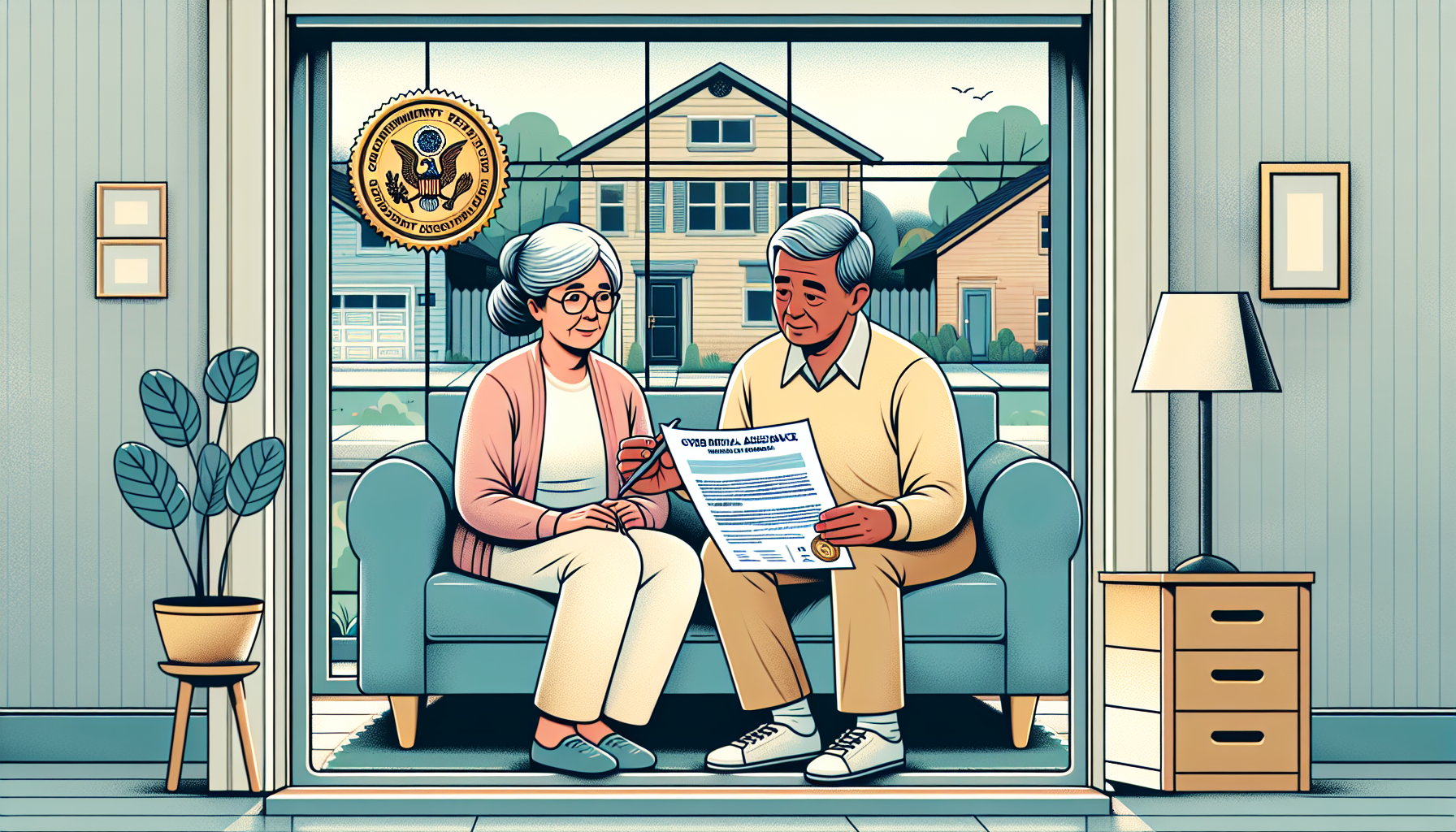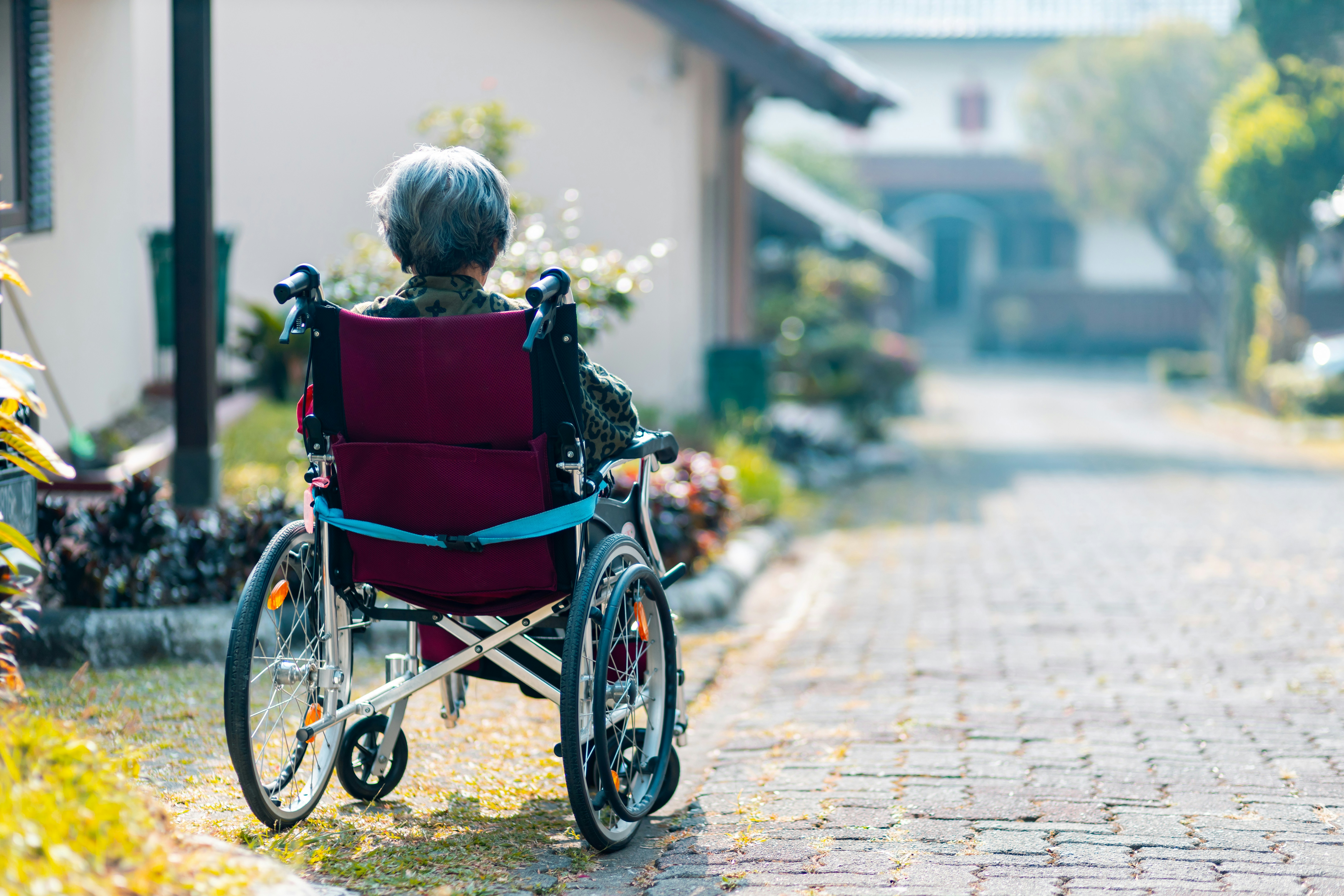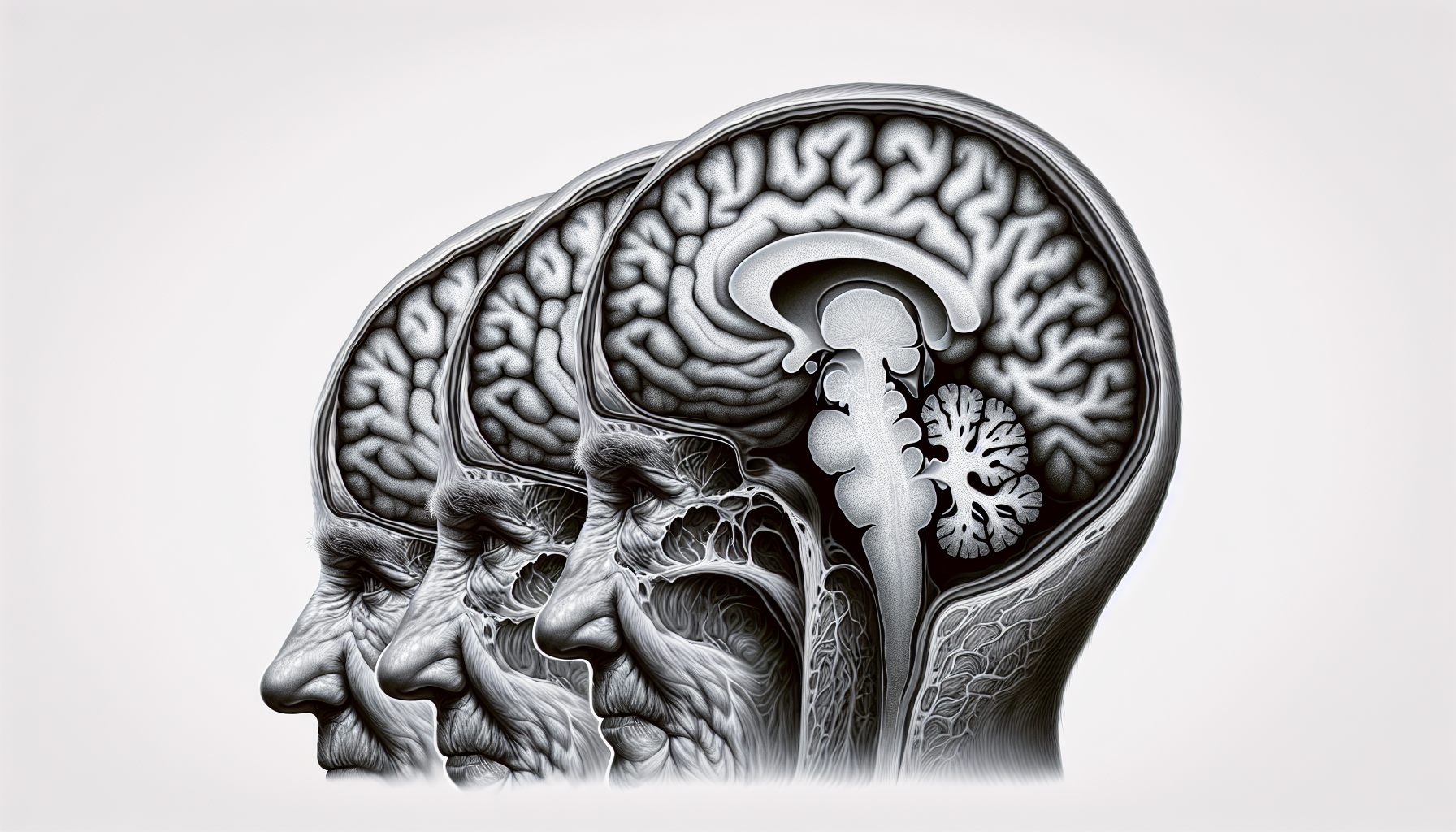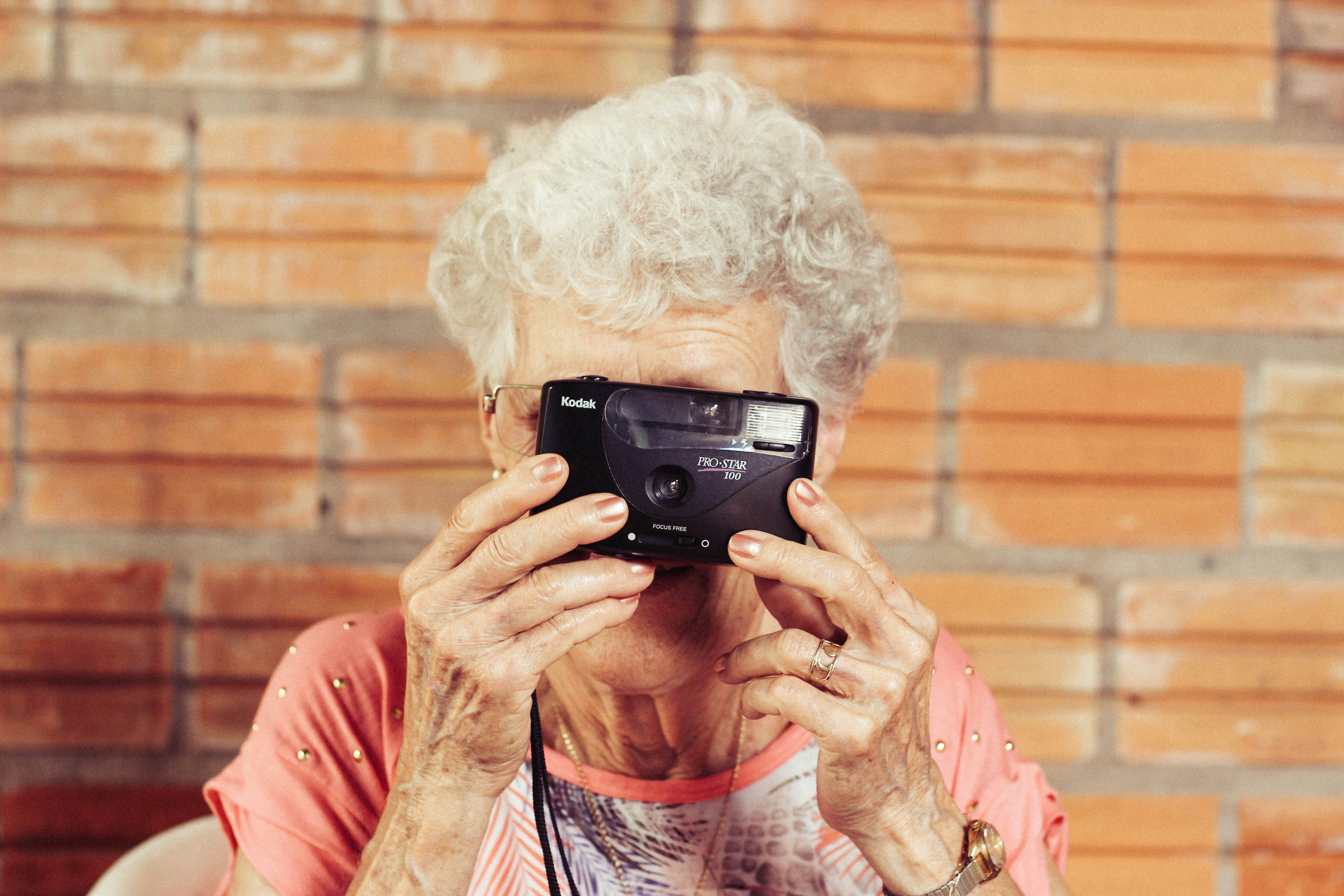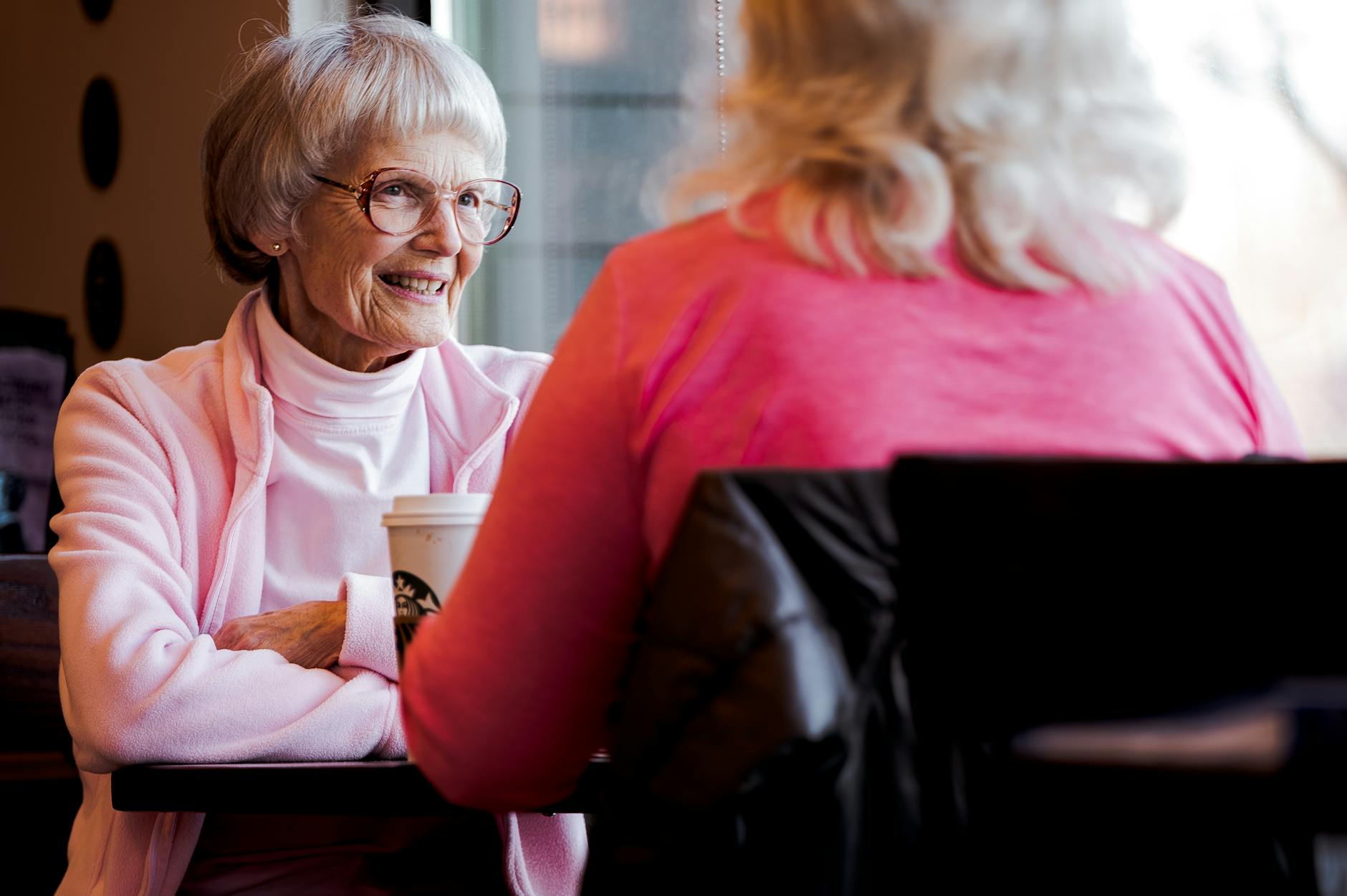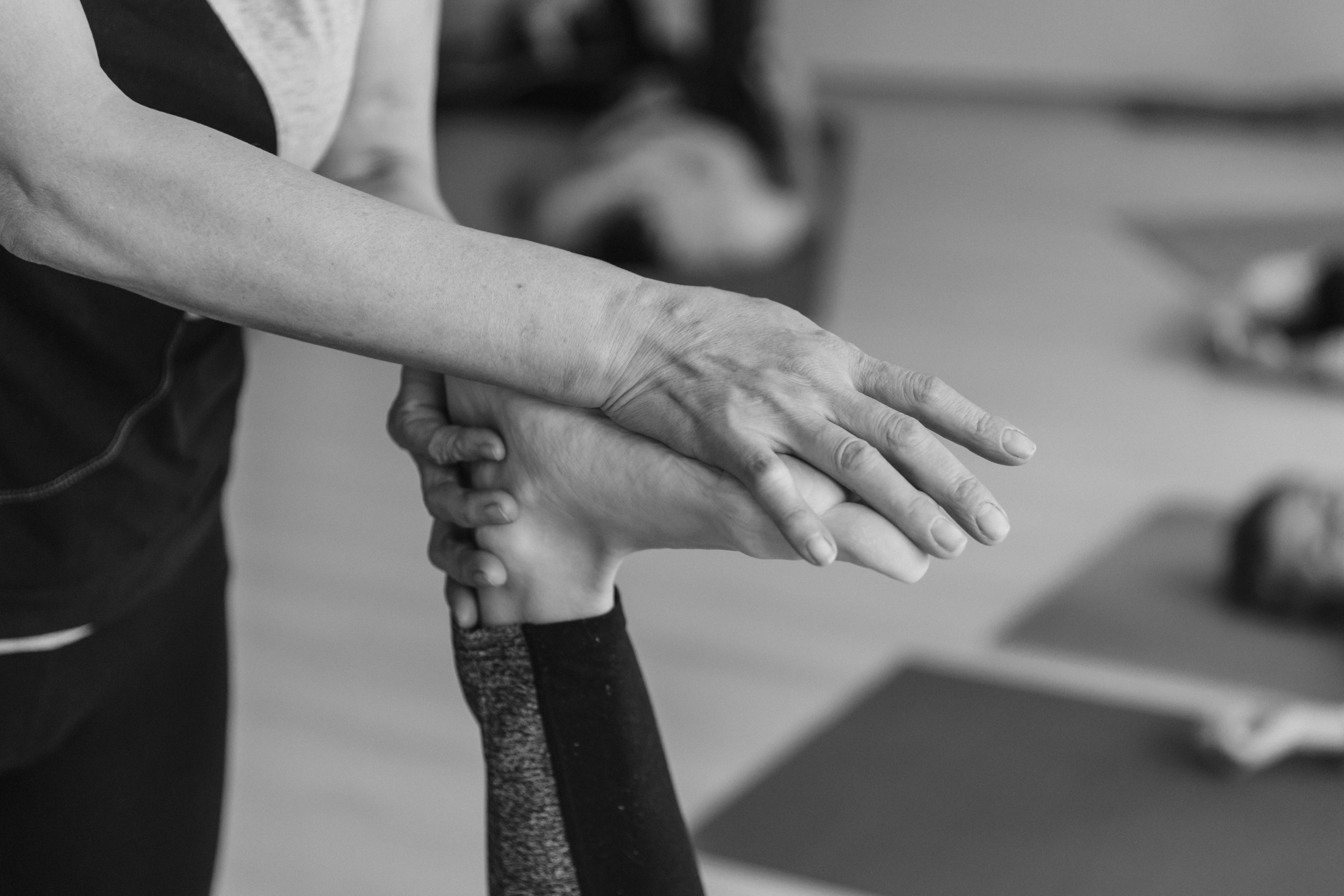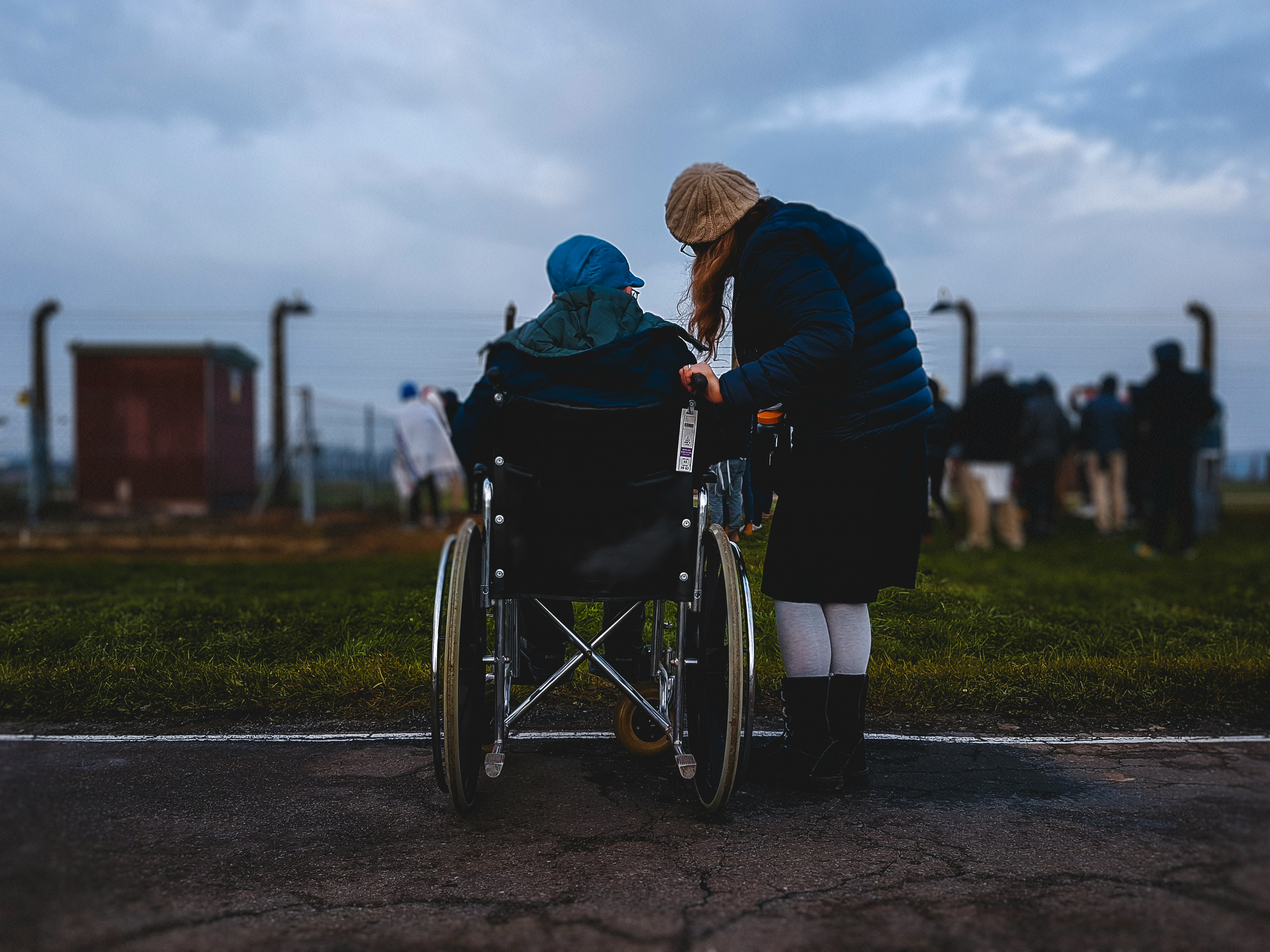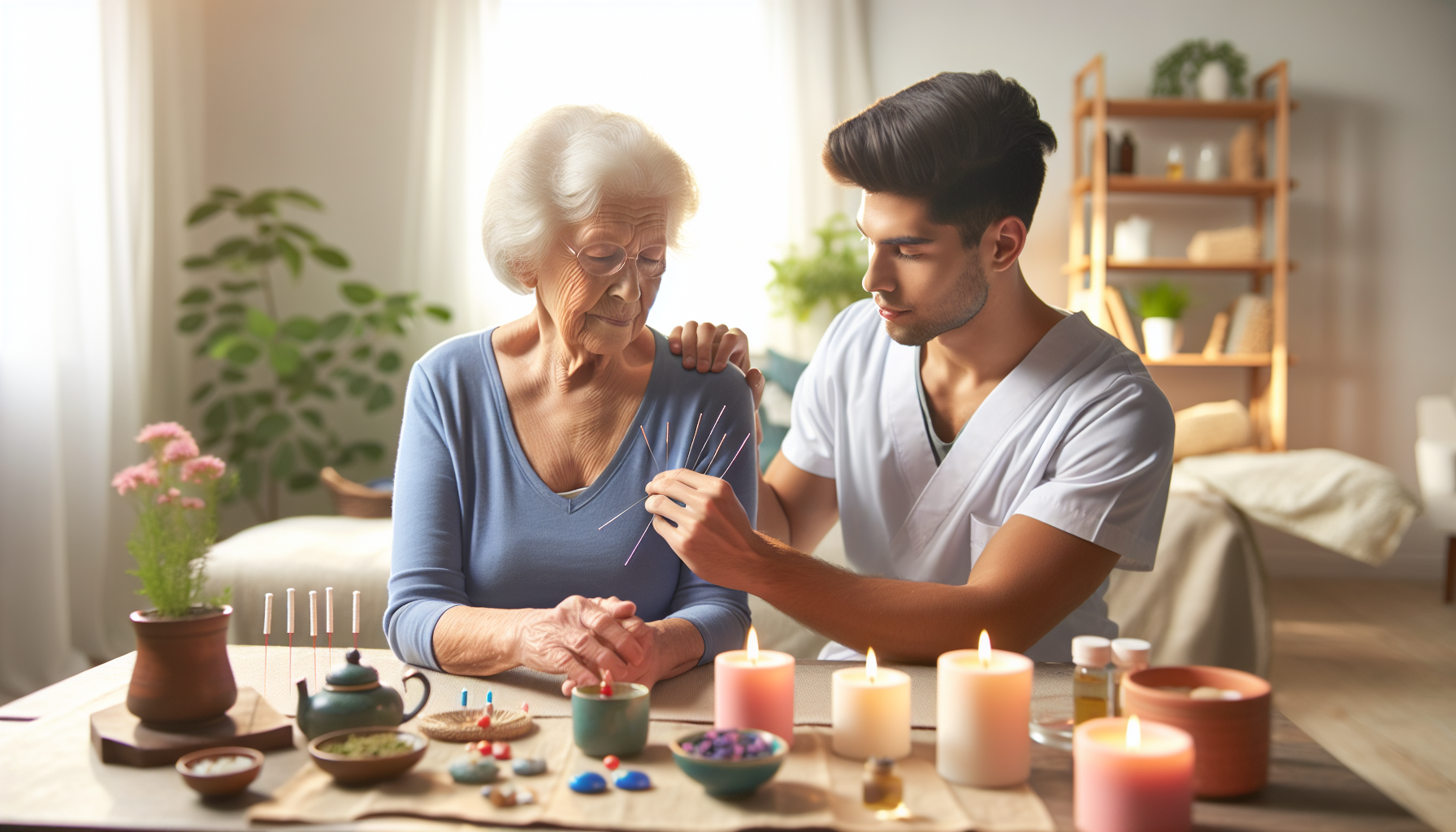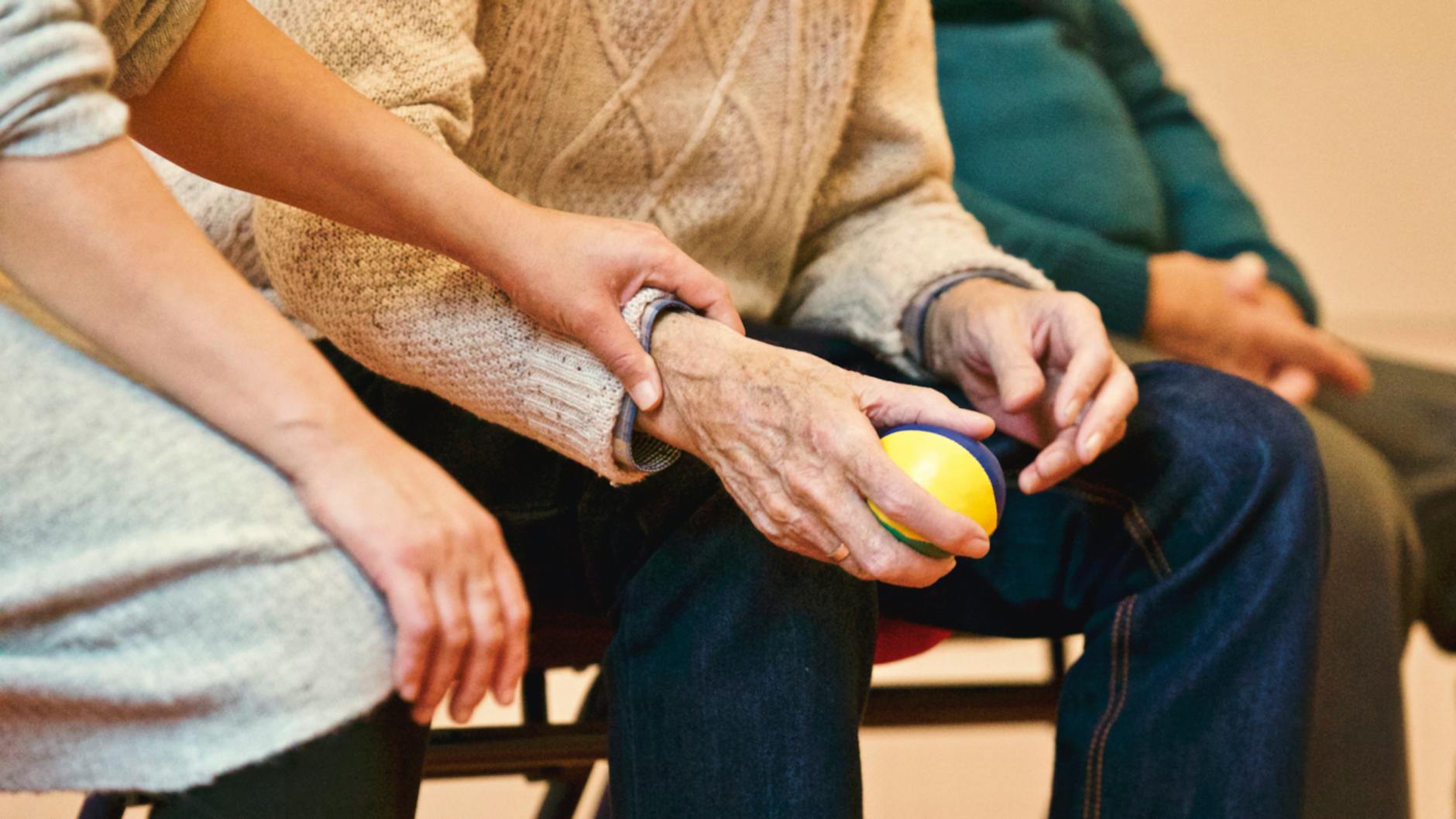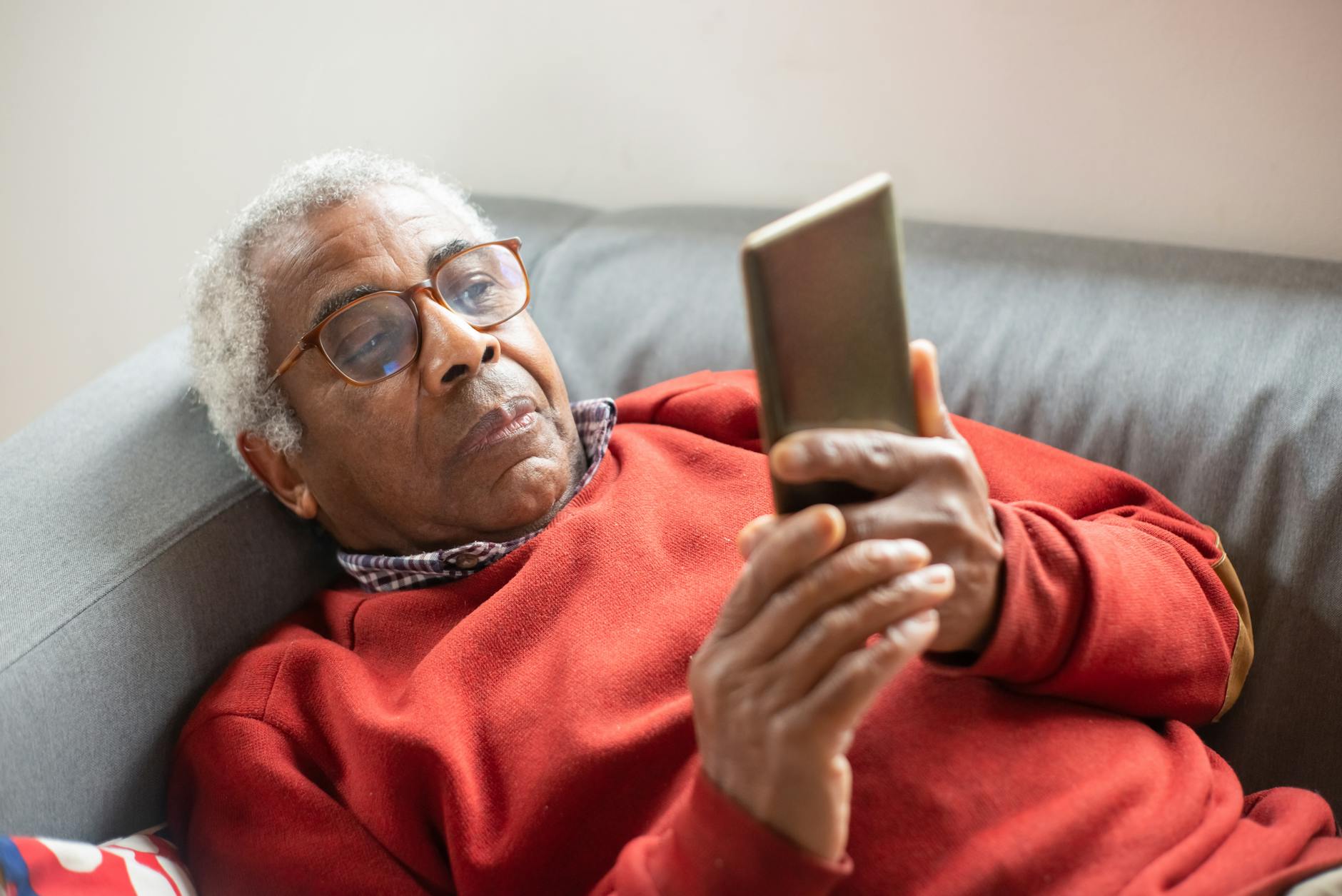What's Another Name For Caregiver?
Discover alternative terms for caregivers & their importance. Keep up the great work - your efforts are appreciated!
.jpg)
What's Another Name For Caregiver?
If you're a caregiver or you know someone who is, you know how rewarding yet challenging the role can be. Caregivers are the unsung heroes of our society, providing invaluable support and care to those who need it most. But what do you call someone who fills this role? Is there another name for caregiver?

The Role of a Caregiver
Before we explore alternative names for caregiver, let's first define what a caregiver is. A caregiver is someone who provides assistance and care to individuals who are unable to care for themselves due to illness, disability, or aging. Caregivers can be family members, friends, or professionals hired to provide care.
Caregiving can involve a range of tasks, including helping with daily activities like bathing and dressing, managing medications, preparing meals, and providing emotional support. Caregivers often work long hours and may experience physical and emotional exhaustion.
Other Names for Caregiver
While "caregiver" is the most commonly used term to describe someone who provides care, there are other names that can be used depending on the context.
Carer
In some countries, such as the United Kingdom and Australia, the term "carer" is commonly used instead of "caregiver." The term emphasizes the fact that the person is providing care for someone else and is responsible for their well-being.
Care Partner
The term "care partner" is often used to describe a caregiver who is working in partnership with the person receiving care. This term emphasizes the importance of collaboration and teamwork in the caregiving relationship.
Personal Care Assistant
A "personal care assistant" is a professional caregiver who is hired to provide care to individuals in their homes. This term is often used in the healthcare industry to describe a range of roles, from certified nursing assistants to home health aides.
Home Helper
"Home helper" is a term that is often used to describe a caregiver who assists with household tasks such as cleaning, cooking, and running errands. This term emphasizes the role of the caregiver in maintaining a safe and comfortable home environment for the person receiving care.
Types of Caregiving Roles
In addition to the various names for caregiver, there are also different types of caregiving roles that individuals can fill.
Respite Care
"Respite care" is a type of caregiving role that involves providing temporary relief to primary caregivers. Respite care can take many forms, from a few hours of care per week to overnight stays in a healthcare facility. This type of caregiving role is essential for preventing caregiver burnout and ensuring that the person receiving care has consistent support.
Long-Distance Caregiving
"Long-distance caregiving" refers to providing care from a distance, typically when the caregiver lives in a different city or state than the person receiving care. Long-distance caregivers may provide emotional support, coordinate medical appointments and finances, and arrange for local resources such as home health aides or meal delivery services. This type of caregiving role presents unique challenges and requires careful planning and communication between all parties involved.
By recognizing the different types of caregiving roles, we can better understand the diverse ways in which individuals provide care to their loved ones. Whether you are a primary caregiver or filling a supporting role, your contribution is invaluable and deserves recognition and support.
Finding Resources and Support for Caregivers
Caregiving can be an isolating experience, but it's important to remember that you are not alone. There are many resources available to help caregivers navigate the challenges of their role and find support.
Online Communities
One way to connect with other caregivers is through online communities. These communities can provide a sense of belonging, as well as access to valuable information and resources. Some popular online communities for caregivers include Caregiver Action Network, Family Caregiver Alliance, and AgingCare.com.
Local Organizations
There are also many local organizations that provide support and resources for caregivers. These organizations may offer support groups, educational programs, or respite care services. To find local organizations in your area, you can start by contacting your local Area Agency on Aging or the Alzheimer's Association.
Support from Healthcare Providers
Your loved one's healthcare providers can also be a valuable source of support for caregivers. They may be able to provide information on community resources or recommend supportive services such as home health aides or hospice care.
Self-Care for Caregivers
In addition to seeking out external support, it's important for caregivers to prioritize self-care. This may involve taking breaks when needed, getting enough sleep and exercise, and finding ways to manage stress. Remember that taking care of yourself is essential in order to provide the best possible care for your loved one.
By utilizing these resources and prioritizing self-care, caregivers can find the support they need to navigate the challenges of their role with confidence and resilience.
The Importance of Maintaining Social Connections While Caregiving
Caregiving can be an all-consuming role that leaves little time for anything else. However, it's important for caregivers to prioritize maintaining social connections and relationships outside of their caregiving duties.
Social isolation is a common issue among caregivers, as they may feel too overwhelmed or guilty to take time away from their loved one. However, maintaining social connections can actually benefit both the caregiver and the person receiving care.
Benefits for Caregivers
Maintaining social connections can help prevent caregiver burnout and reduce feelings of stress and anxiety. Social support from friends and family members can provide a much-needed break from caregiving responsibilities, as well as emotional validation and encouragement.
In addition, social connections can help caregivers maintain a sense of identity beyond their role as a caregiver. This is especially important for caregivers who have had to give up work or other activities in order to provide care.
Benefits for the Person Receiving Care
Social connections are also important for the person receiving care. Research has shown that social isolation can lead to negative health outcomes, including depression, cognitive decline, and increased risk of mortality.
By maintaining their own social connections, caregivers can also provide opportunities for their loved ones to engage with others and maintain meaningful relationships outside of the caregiving relationship.
Strategies for Maintaining Social Connections
Maintaining social connections doesn't have to be time-consuming or complicated. Some strategies include:
- Scheduling regular phone calls or visits with friends and family members
- Participating in online support groups or forums
- Joining a local caregiver support group
- Finding respite care services that allow you to take breaks from caregiving responsibilities
- Pursuing hobbies or activities that bring you joy and connect you with others
By prioritizing social connections while caregiving, both caregivers and their loved ones can enjoy improved well-being and quality of life.
Ways to Maintain a Sense of Purpose and Meaning While Caregiving
Caregiving can be an all-consuming role that may leave caregivers feeling like they have lost their sense of purpose and meaning beyond their caregiving responsibilities. However, there are ways to maintain a sense of purpose and fulfillment while providing care to a loved one.
Find Joy in the Small Moments
While caregiving can be challenging, it's important to remember that there are still moments of joy and connection in the caregiving relationship. Whether it's sharing a meal, watching a favorite TV show together, or simply spending time in each other's company, finding joy in these small moments can help caregivers maintain a sense of purpose and meaning.
Set Goals for Yourself
Setting goals for yourself outside of your caregiving responsibilities can help you maintain a sense of identity and purpose beyond your role as a caregiver. These goals don't have to be grandiose or time-consuming; even small goals such as reading a book or taking a walk around the block can provide a sense of accomplishment.
Connect with Your Community
Maintaining connections with your community can also help you maintain a sense of purpose and meaning while caregiving. This may involve volunteering for local organizations or attending community events. By connecting with others outside of your caregiving relationship, you can gain perspective and find new sources of inspiration.
Practice Self-Reflection
Taking time for self-reflection can also help caregivers maintain a sense of purpose and meaning. This may involve journaling, meditating, or simply taking time to think about your values and priorities. By reflecting on what is important to you, you can gain clarity about your goals and find renewed motivation to pursue them.
By incorporating these strategies into their daily lives, caregivers can maintain a sense of purpose and fulfillment while providing care to their loved ones.
Creating a Care Plan
One of the most important steps in providing effective care is creating a care plan. A care plan is a written document that outlines the specific needs and preferences of the person receiving care, as well as the tasks and responsibilities of the caregiver.
A care plan can help ensure that all aspects of care are addressed, including medical needs, emotional support, and daily activities. It can also serve as a communication tool between caregivers, healthcare providers, and other members of the care team.
How to Create a Care Plan?
Creating a care plan may seem daunting at first, but it doesn't have to be complicated. Here are some steps to follow:
- Assess the person's needs: Start by assessing the specific needs and preferences of the person receiving care. This may involve consulting with healthcare providers or conducting your own research.
- Identify goals: Once you've identified their needs, work with them to identify goals for their care. These goals should be specific, measurable, achievable, relevant, and time-bound (SMART).
- Develop a plan: Based on their needs and goals, develop a plan that outlines specific tasks and responsibilities for each member of the care team. Be sure to include contingency plans in case of emergencies or unexpected events.
- Review and revise: Review the care plan regularly to ensure that it remains up-to-date and relevant to their changing needs.
By creating a comprehensive care plan, caregivers can provide more effective support to their loved ones while also reducing stress and uncertainty about what tasks need to be done.
Remember that caregiving is not a one-size-fits-all role; every individual has unique needs and preferences that should be taken into account when developing a care plan. By working collaboratively with your loved one and other members of the care team, you can create a customized plan that meets their specific needs while also ensuring that all aspects of their well-being are addressed.
Tips for Managing Caregiver Burnout and Stress
Caregiving can be a demanding role that takes a toll on the caregiver's physical, emotional, and mental health. It is important for caregivers to prioritize their own well-being in order to provide the best possible care to their loved one. Here are some tips for managing caregiver burnout and stress:
Take Breaks
Taking breaks from caregiving responsibilities is essential for preventing burnout. This may involve hiring a respite care provider or enlisting the help of friends and family members to provide temporary relief. Even short breaks can provide a much-needed opportunity to recharge and take care of your own needs.
Practice Self-Care
Self-care is an important aspect of managing caregiver burnout and stress. This may involve engaging in activities that bring you joy, such as exercise, hobbies, or spending time with friends. It is also important to prioritize healthy habits such as getting enough sleep, eating nutritious foods, and avoiding excessive alcohol or drug use.
Seek Support
Seeking support from others is an important part of managing caregiver burnout and stress. This may involve joining a support group for caregivers or seeking counseling services. It is also important to communicate openly with friends and family members about your needs and feelings.
Set Realistic Expectations
Setting realistic expectations for yourself as a caregiver can help prevent burnout and reduce stress. This may involve recognizing that you cannot do everything alone and enlisting the help of others when needed.
Practice Mindfulness
Practicing mindfulness techniques such as meditation or deep breathing exercises can help reduce stress levels and promote relaxation. Taking even just a few minutes each day to practice mindfulness can have a significant impact on overall well-being.
By incorporating these tips into their daily lives, caregivers can better manage the demands of their role while maintaining their own health and well-being. Remember that taking care of yourself is an essential part of providing effective care to your loved one.
Supporting the Mental Health Needs of the Person Receiving Care
In addition to physical care, it is important for caregivers to prioritize the mental health needs of the person they are caring for. Caregiving can be a stressful and isolating experience, which can take a toll on the mental health of both the caregiver and the person receiving care.
Encourage Social Connections
Maintaining social connections is important for mental health and well-being. Encourage your loved one to stay in touch with friends and family members, or help them find local support groups or activities that align with their interests. Social connections can provide a sense of belonging, reduce feelings of isolation, and improve overall mood.
Practice Active Listening
Active listening involves paying attention to what someone is saying without judgment or interruption. This can help caregivers better understand their loved one's needs and feelings, while also providing emotional validation. By practicing active listening techniques, caregivers can create a safe space for their loved ones to express themselves and feel heard.
Promote Physical Activity
Physical activity has been shown to have positive effects on mental health by reducing symptoms of depression and anxiety. Encourage your loved one to engage in physical activity that aligns with their abilities and interests. This could include going for walks, participating in chair exercises or yoga classes designed for seniors, or even dancing around the living room together.
Monitor Medications
Medications used to treat physical conditions may also have an impact on mental health. It is important for caregivers to monitor any changes in mood or behavior that may be related to medication use and bring these concerns to the attention of healthcare providers.
Be Mindful of Signs of Depression or Anxiety
Depression and anxiety are common among older adults, especially those who are dealing with chronic illness or disability. Caregivers should be mindful of signs such as persistent sadness, loss of interest in activities, changes in eating or sleeping habits, or feelings of hopelessness. If these symptoms persist, it may be important to seek professional help.
By prioritizing the mental health needs of the person receiving care, caregivers can provide more holistic and effective support while also promoting their loved one's overall well-being.
FAQs
What are some common challenges faced by caregivers?
Caregiving can be a rewarding experience, but it can also be challenging and stressful at times. Some common challenges faced by caregivers include:
- Balancing caregiving responsibilities with other obligations such as work or family
- Managing complex medical needs and treatments
- Coping with emotional stress and burnout
- Navigating financial and legal issues related to caregiving
- Maintaining social connections and a sense of identity beyond the role of caregiver
How can I find resources and support as a caregiver?
There are many resources available to help caregivers navigate their role and find support. Some options include:
- Local organizations such as Area Agencies on Aging or Alzheimer's Associations
- Online forums and support groups for caregivers
- Respite care services that provide temporary relief from caregiving responsibilities
- Counseling services or therapy to address emotional stress and burnout
It is important for caregivers to seek out resources that align with their specific needs and preferences in order to get the most benefit from these services.
Summary
While "caregiver" is the most commonly used term to describe someone who provides care, there are other names that can be used depending on the context. Whether you call yourself a carer, care partner, personal care assistant, or home helper, the most important thing is the care and support you provide to those in need. So, keep up the great work, and know that your efforts are truly appreciated.
Sources:
- https://www.hopkinsmedicine.org/about/community-health/johns-hopkins-bayview/services/called-to-care/what-is-a-caregiver
- https://www.vnshealth.org/patient-family-support/health-library/best-qualities-of-a-good-caregiver/
- https://www.merriam-webster.com/thesaurus/caregiver
- https://www.indeed.com/career/caregiver/career-advice









